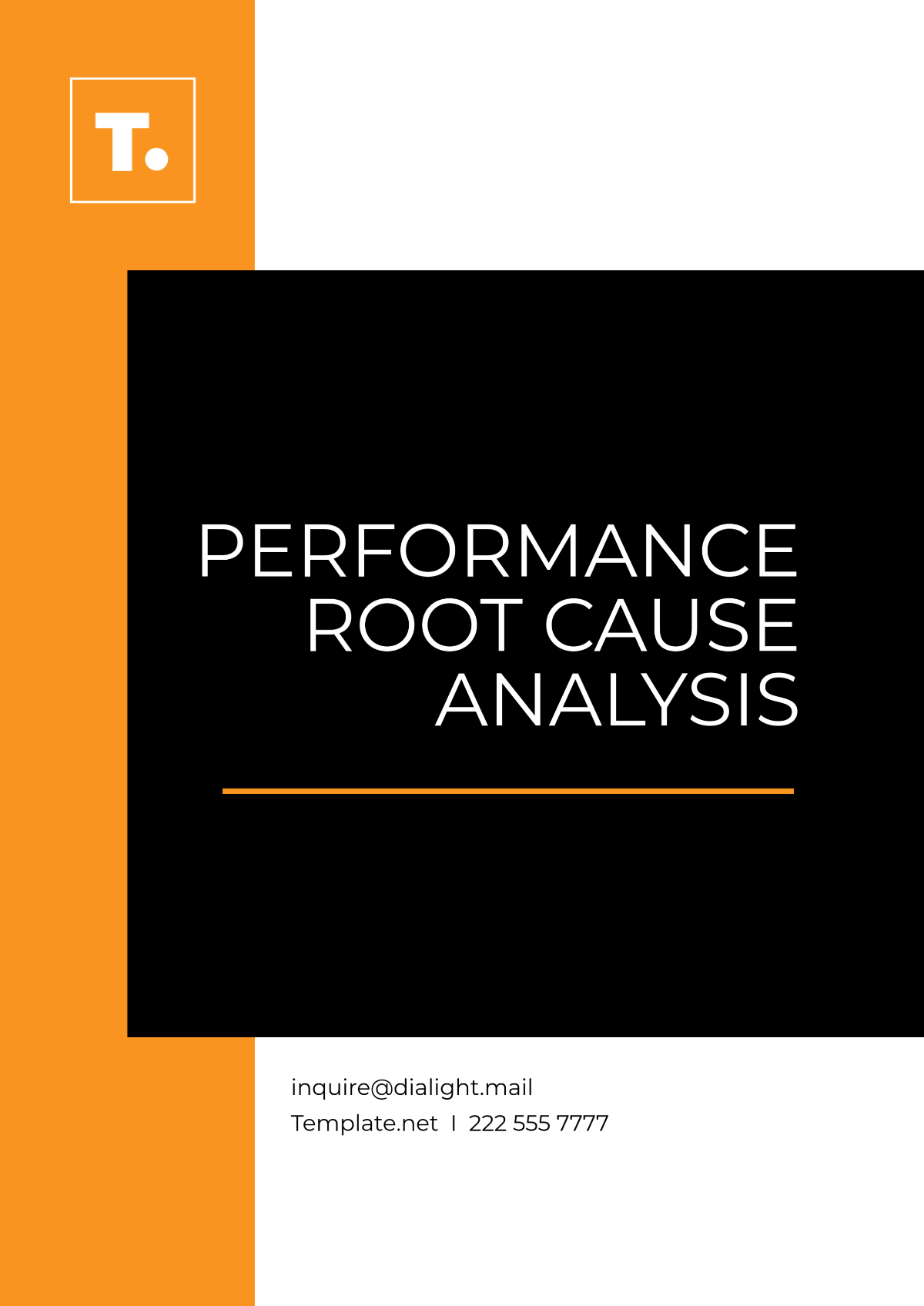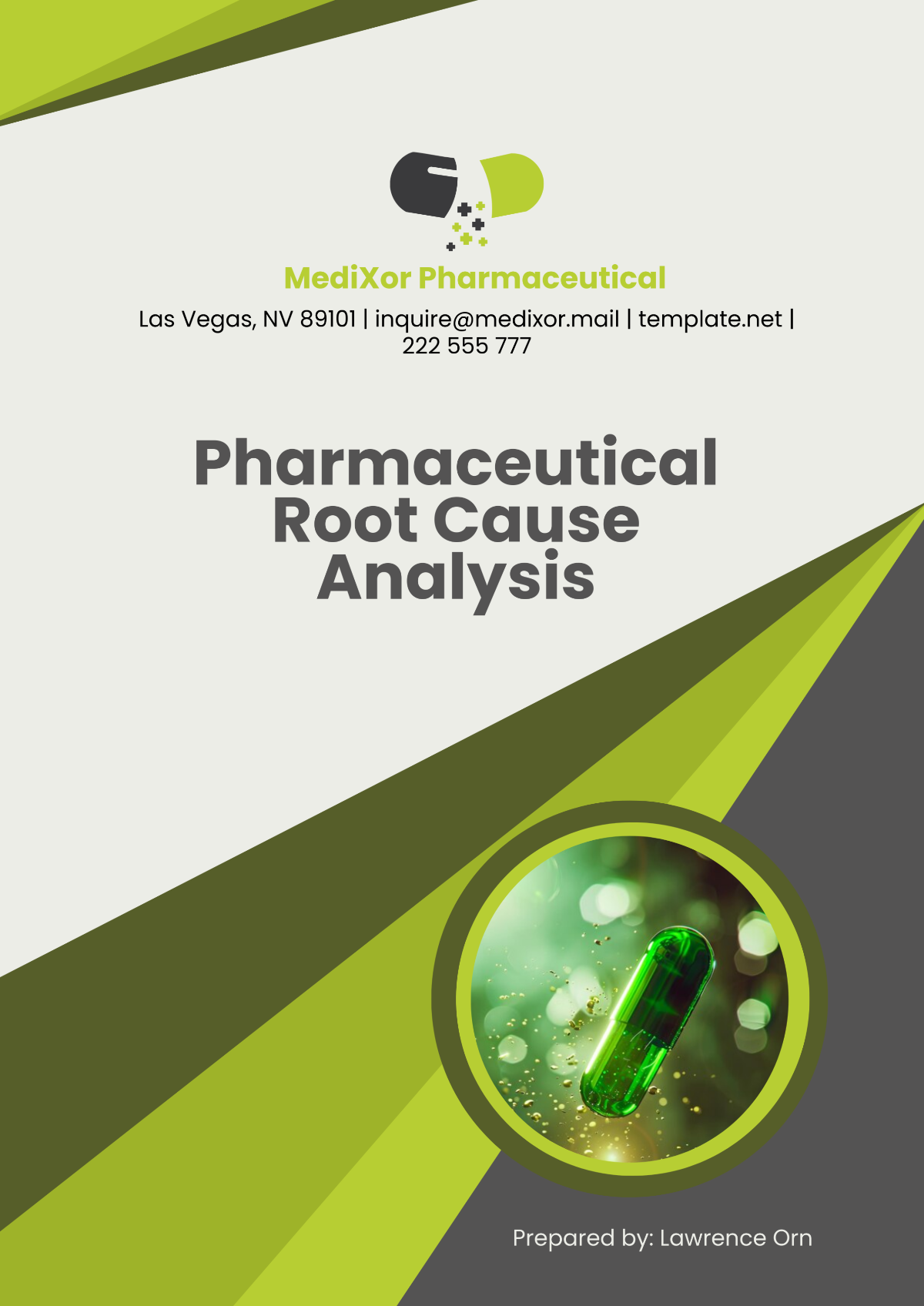HR Analysis
I. Executive Summary
This HR Analysis provides a detailed assessment of [YOUR COMPANY NAME]’s human resource processes, workforce composition, and organizational strategies. The objective is to evaluate the efficiency, productivity, and employee satisfaction across all departments. The year 2055 serves as the target for any strategic planning goals outlined in this report.
II. Workforce Demographics
A. Age Distribution
As of 2055, [YOUR COMPANY NAME] employs a diverse workforce with varying age groups. This age diversity is critical to fostering innovation and maintaining operational continuity.
Under 30 years: 25%
30-45 years: 40%
45-60 years: 25%
Above 60 years: 10%
B. Gender Distribution
Gender diversity plays a crucial role in organizational success, and [YOUR COMPANY NAME] has made significant strides toward creating a balanced workforce.
Female Employees: 48%
Male Employees: 50%
Non-binary/Other: 2%
C. Ethnic Diversity
A key strength of the company is its commitment to multiculturalism and inclusion.
Caucasian: 40%
African American: 25%
Asian: 20%
Hispanic: 10%
Other: 5%
III. Recruitment and Retention Analysis
A. Recruitment Strategy
[YOUR COMPANY NAME] follows a comprehensive recruitment process focused on attracting top talent. The company utilizes digital platforms, employee referrals, and campus recruitment programs. However, the time-to-hire has seen an increase, rising from an average of 45 days in 2050 to 60 days in 2055.
Recommendations:
AI-driven recruitment: Implementing artificial intelligence in screening resumes and conducting initial interviews will reduce the hiring time.
Enhanced candidate experience: Improve the onboarding process to make the company more appealing to potential candidates.
B. Employee Turnover Rate
The current employee turnover rate is 12%, which is slightly higher than the industry average of 10%. The increase can be attributed to changing workplace dynamics and an increased desire for remote work options.
Recommendations:
Retention incentives: Offering more flexible work arrangements and competitive benefits packages can improve retention rates.
Exit interviews: Conduct thorough exit interviews to identify recurring reasons for employee departures.
IV. Training and Development
A. Employee Training Programs
The company offers extensive training programs focused on both soft skills and technical skills. However, as of 2055, participation rates have dropped by 15% compared to previous years.
Recommendations:
Personalized learning plans: Tailor development programs to individual employees to ensure higher engagement.
Mentorship initiatives: Pair less-experienced employees with seasoned professionals to foster a culture of continuous learning.
B. Leadership Development
Leadership training is a key focus, but participation from mid-level managers has been lacking. There is a 20% gap in mid-level managers opting for leadership programs.
Recommendations:
Targeted leadership programs: Implement mandatory leadership development programs for mid-level managers to prepare them for future roles.
Incentivized learning: Offer rewards or recognitions for those who complete leadership training.
V. Employee Engagement and Satisfaction
A. Engagement Survey Results
A recent engagement survey conducted in mid-2055 revealed an overall satisfaction rate of 75%. While this indicates generally positive morale, the company can improve in several areas:
Career Growth: 60% of employees feel there are limited opportunities for promotion.
Work-life Balance: 30% expressed concerns over workload and stress levels.
Recommendations:
Career progression plans: Offer clear and structured career pathways for employees to advance within the company.
Workload management tools: Implement AI-based task management systems to help employees better manage their workloads.
VI. Compensation and Benefits
A. Salary Structure
[YOUR COMPANY NAME] offers a competitive salary package that is on par with industry standards. However, 20% of employees have raised concerns about the fairness of the current performance-based compensation model.
Recommendations:
Reassess salary bands: Conduct a thorough market analysis to ensure salary levels remain competitive in 2055.
Transparent performance metrics: Make performance evaluation criteria more transparent and understandable to all employees.
B. Benefits and Perks
The company offers a broad range of benefits, including health insurance, wellness programs, and retirement plans. However, employees have requested more mental health resources and remote work options.
Recommendations:
Expand mental health services: Offer more comprehensive mental health resources, including therapy, counseling, and mental health days.
Flexible work policies: Expand remote work policies to accommodate employees seeking a better work-life balance.
VII. Diversity, Equity, and Inclusion (DEI)
A. DEI Initiatives
[YOUR COMPANY NAME] has made considerable progress in fostering an inclusive workplace. In 2055, the company implemented several initiatives aimed at promoting diversity and inclusion. However, gaps remain in promoting employees from minority groups to leadership roles.
Recommendations:
Diversity hiring goals: Set measurable diversity hiring goals for leadership positions.
Bias training: Expand unconscious bias training to all employees and conduct regular audits to ensure fair hiring practices.
VIII. Conclusion and Action Plan
[YOUR COMPANY NAME] is on track to maintain a competitive edge in talent acquisition, employee development, and satisfaction. However, to remain future-ready by 2055, the company must focus on reducing the turnover rate, improving the recruitment process, and enhancing leadership development programs. Implementing the recommended strategies will position the organization for long-term success in a rapidly evolving work environment.
Key Actions:
Implement AI in recruitment to reduce time-to-hire.
Enhance mental health and flexible work benefits.
Introduce personalized and incentivized training programs.

















































